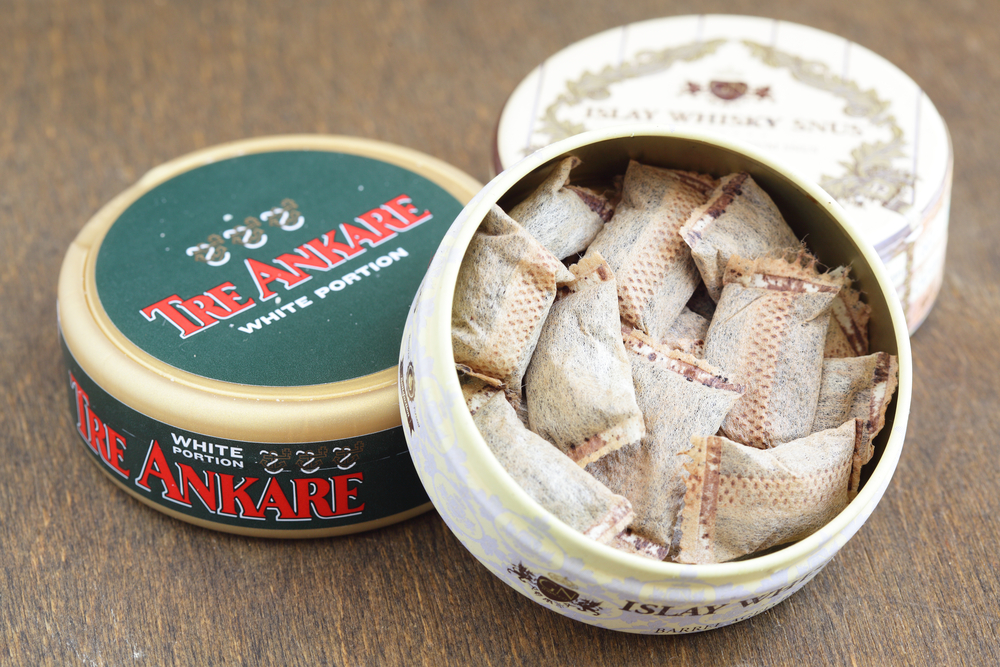Bestseller Snus
Snus, not to be confused with snuff, has been widely used in Scandinavia, and has been a trend since the beginning of the 17th century. Both snus and snuff are a smokeless tobacco, but the first is a moist pulverized tobacco placed under the upper lip, while the latter is a dry powder applied nasally.
A Nordic Trend Setter
The precursor of moist snus was used as a migraine remedy in the court of King Henry II of France early in the 16th century, but it wasn’t until 1822 that snus was registered officially. This tobacco required neither smoking nor spitting, and it quickly became extremely popular in Sweden, from where it quickly spread to Norway and Finland.Snus made its way to America much later, in the late 1990s, and had lower moisture and pH levels than its Nordic cousin. Snus sold in the United States is often flavoured with spearmint, cherry, vanilla or wintergreen, and contains sweeteners. Still, countries like England and Germany have held onto the tradition of using snuff snorted through the nose. Chewing tobacco, where chopped leaves are placed between the cheek and the gum and chewed, is also still somewhat popular in Europe.
Reason for Popularity
Why snus is the number one tobacco product in Sweden is difficult to say. Advantages of snus are that its discreet, not overly expensive, and easy to carry around. There is no bad smoke smell and no need for a lighter, making snus usable even in places where smoking is banned.Nicotine in any form of use boosts the brain’s “pleasure” chemical, dopamine, increasing its levels. There are also claims that nicotine helps with tasks that require increased concentration. But research indicates that there are more health risks than benefits to the use of nicotine.